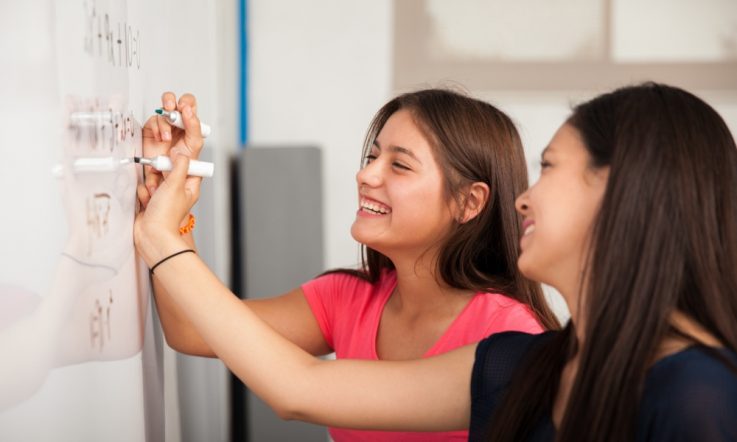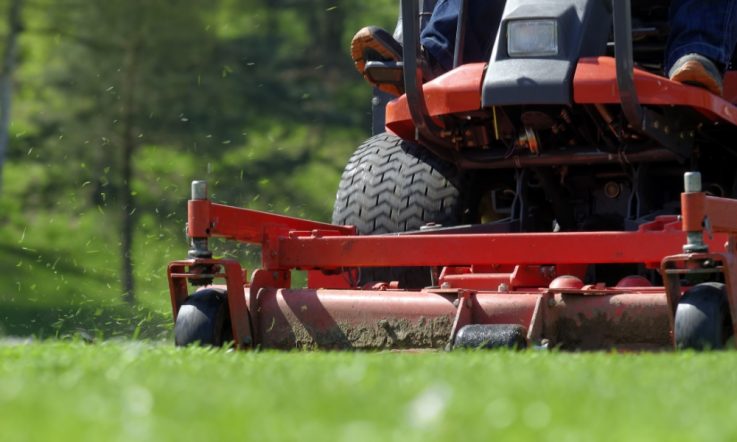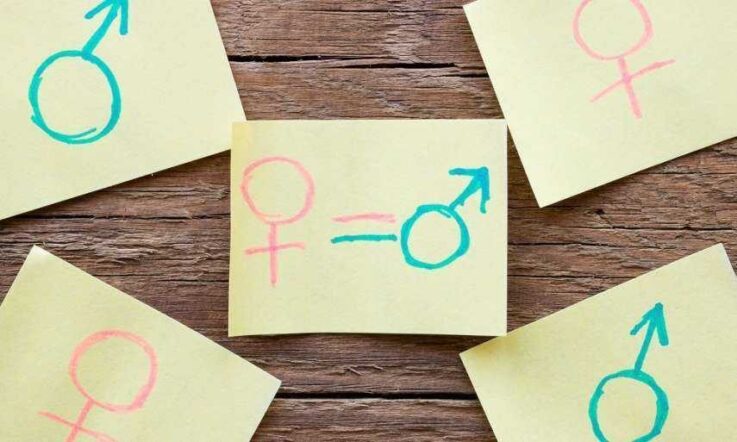Australia has a gender imbalance in STEM that runs right through primary and secondary school, to tertiary study and into the workplace, according to a new paper from the Office of the Chief Scientist.
The publication debunks myths about women in Science, Technology, Engineering and Mathematics, while an accompanying datasheet tells a ‘story of attrition', highlighting where female talent is lost.
The paper, Busting Myths about Women in STEM, says false perceptions are holding back science and society. One of the four myths it tackles is ‘Girls are bad at maths'. ‘There is no innate gender difference in mathematics ability,' it says. ‘If mathematical ability were biologically determined, gender differences would be consistent among countries, and over time. This is not the case.'
It cites 2011 TIMSS (Trends in International Mathematics and Science Study) data showing no significant difference in the scores of Australian boys and girls in Year 4 and Year 8, and notes that male and female students perform equally in international comparative testing in Singapore – a top five country in PISA (Programme for International Student Assessment) mathematics.
Other myths debunked are: ‘Most women are disinterested in careers in engineering, physics and ICT', ‘The gender pay gap doesn't exist', and ‘The battle against sexism in science has been won'.
There is, however, an emerging gender gap when it comes to student confidence and self-belief. At primary school, Australian TIMSS data show girls in Grade 4 are less confident in their maths capabilities (33 per cent versus 42 per cent for boys).
In secondary, PISA data show teenage girls are less confident when it comes to applying their maths knowledge in a real-world task: Although 88 per cent of 15-year-old girls were confident in their ability to solve a formal maths equation, only 41 per cent were confident they could calculate the petrol consumption of a car (compared to 86 per cent and 66 per cent, respectively, for boys).
‘To progress, we need to adopt education practices that encourage girls to feel more comfortable and confident engaging with mathematics,' the paper says. ‘Encouraging and supporting teachers to focus on the application of mathematics principles to real-world problems will encourage girls' engagement in mathematics, and also their ability to use mathematics to solve problems.'
Confidence is not just an issue in mathematics. The paper also cites PISA data from 2012 showing girls studying physics ‘had lower confidence than their male classmates, despite tests revealing no difference in academic performance; and that students confidence in their maths abilities were more likely to embark on STEM careers'.
Exploring influences on choosing STEM careers, the authors bemoan the shortage of female role models. ‘In the absence of female role models, girls lack evidence that careers in STEM are for them.' The lack of role models may go some way to explaining the findings of two studies in Greece and the US – highlighted in the datasheet – that two thirds of children age nine to 11 draw a man when they're asked to draw a scientist.
Australia's Chief Scientist Dr Alan Finkel said the paper was aimed at equipping people with the facts about gender inequality in STEM. ‘Imagine what we could achieve if women and men felt equally welcomed and appreciated in STEM professions,” he said in a statement.
References
Office of the Chief Scientist. (2016). Women in STEM: a story of attrition. (Datasheet 2). Retrieved from http://www.chiefscientist.gov.au/2016/11/occasional-paper-busting-myths-about-women-in-stem
Prinsley, R., Beavis, A.S., & Clifford-Hordacre, N. (2016). Busting Myths about Women in STEM (Occasional Paper, Issue 13). Retrieved from Office of the Chief Scientist website: http://www.chiefscientist.gov.au/2016/11/occasional-paper-busting-myths-about-women-in-ste
The paper urges teachers to focus on the application of mathematics principles to real-world problems. How are you helping students understand the practical application of subjects?
Do you use classroom activities that reflect the real-life situations students are likely to face once they leave school?
When promoting STEM study and careers, do you use both male and female role models?



